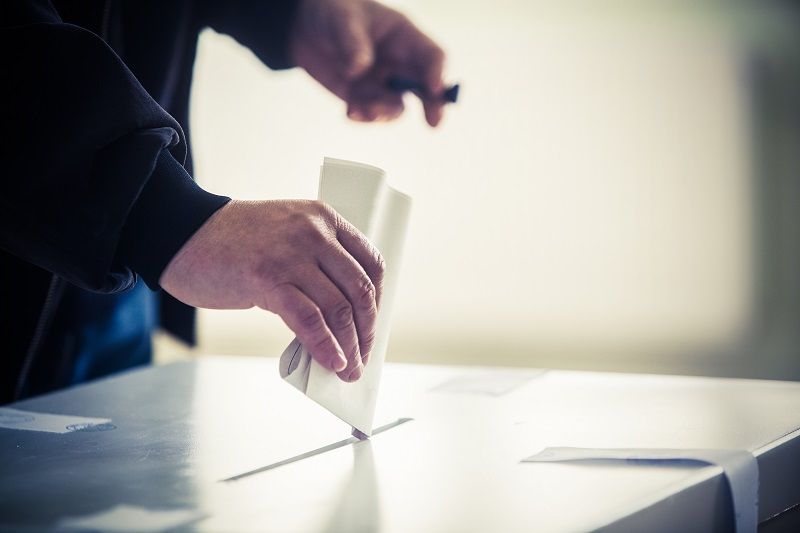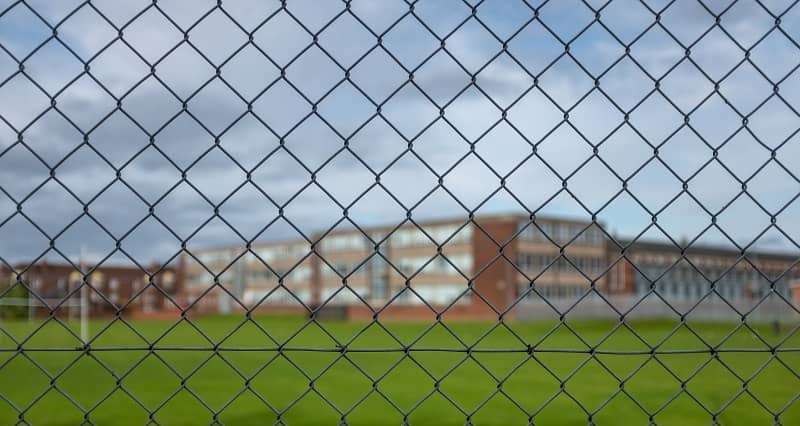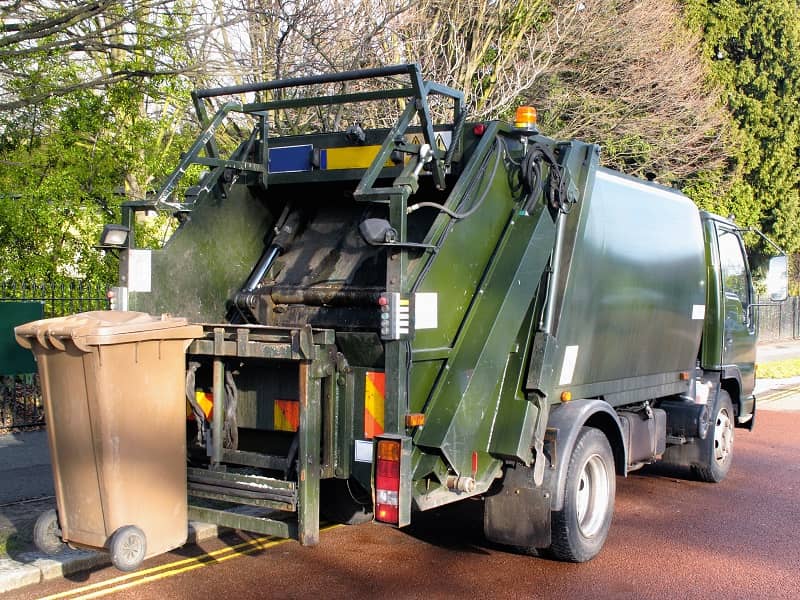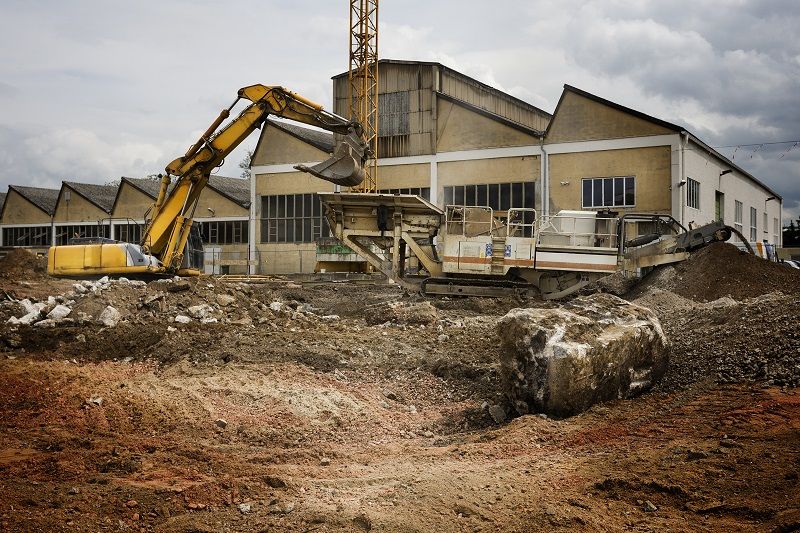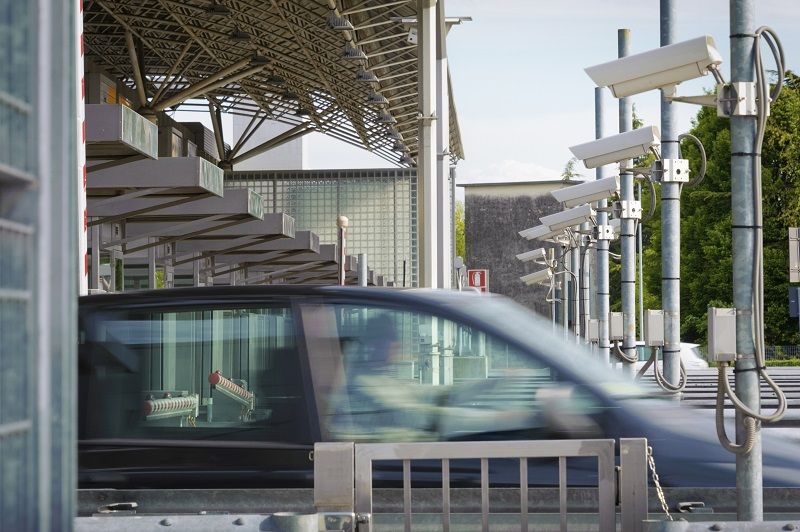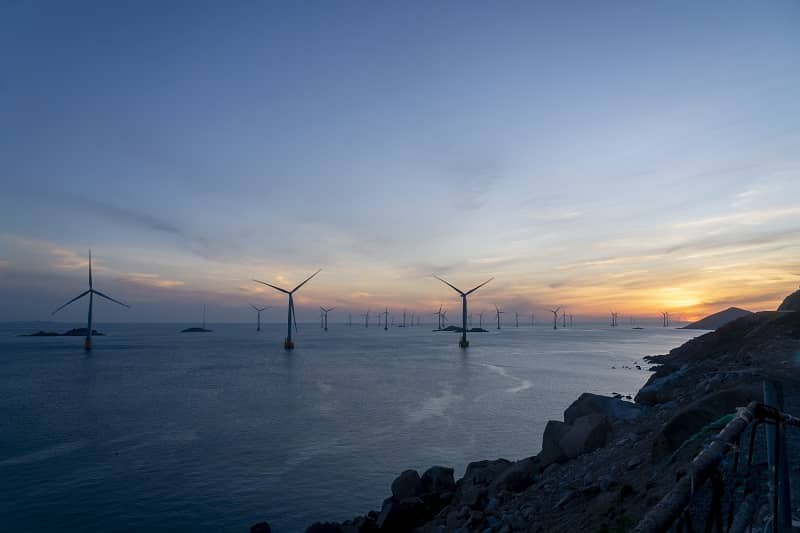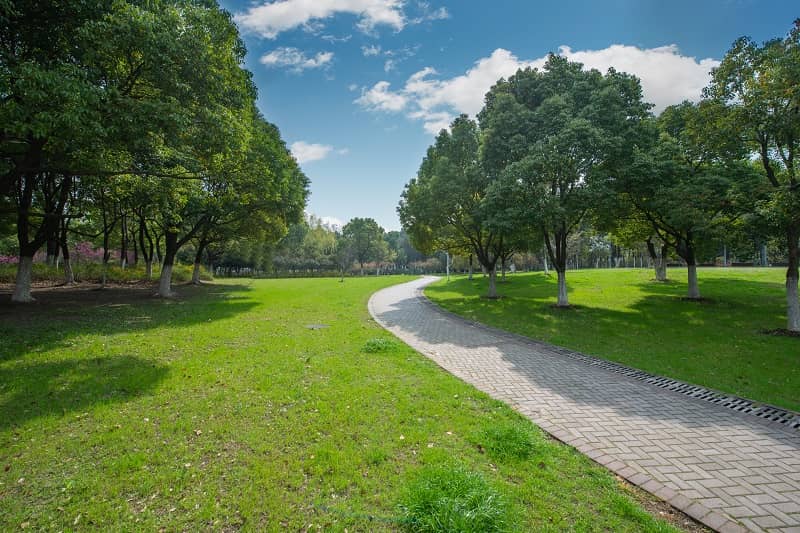By John A. Charles, Jr.
Last month Metro auditor Brian Evans released an audit of Metro’s Parks and Nature program criticizing management for operating a park system that is difficult for the public to use.
According to the audit, Metro has no specific goals for public access, and parks properties tend to be inaccessible. The auditor found that only 17% of land acquisitions since 2006 were ranked as “high for access potential which indicates that most land purchases were not intended for public access.”
It’s hard to believe that Metro would deliberately spend money for land not intended for public use, and in fact the original plan for the Parks and Nature program was very different. In 1995, Metro persuaded voters to approve a bond measure for $135.6 million, with the goal of providing areas “for walking, picnicking and other outdoor recreation.”
This was prompted in part by the adoption of the Metro 2040 plan that same year, which sought to reduce urban expansion in the region by increasing residential density. Higher density meant there would be smaller yards and more apartments in the future, thus a greater need for public parks. Those parklands would need to be located close to population centers.
That promise was never kept. Metro began stockpiling properties in obscure places and did little to make them accessible.
Despite these broken promises, Metro asked voters for another $227.4 million in 2006. According to statements made by Metro that year, the greenway lands acquired by the Council would be “land banked with the property interest owned by Metro….Initially, most of these lands will be held with limited maintenance and enhancement beyond initial site stabilization and possible habitat restoration.”
By 2019, when Metro asked for $475 million in more bond funding, 70% of Metro park lands were outside Metro’s jurisdiction and more than 80% were outside the Portland Urban Growth Boundary (UGB).
This made no sense. If the Metro 2040 Plan was designed to limit development on the urban fringe, then park land acquisitions needed to be inside the urban growth boundary where they could be enjoyed by residents. Even supporters of the bond measure knew that the program had gone off the rails. One of the statements in the voters’ pamphlet that year said that Metro’s acquisitions “exist as places on a map but not places you can actually go.”
Metro promoted the 2019 bond measure by stating that the purpose was to “protect water quality, fish, wildlife habitat, natural areas.” This was vague enough that a majority of voters approved it.
Metro leaders like to brag that popular venues such as Blue Lake Park and Oxbow Park have many opportunities for users to enjoy nature through camping, fishing, swimming, and disc golf. That’s true. It’s also true that Metro inherited those parks from Multnomah County. Of the $868 million in bond revenue that Metro has secured for its own Parks and Nature program since 1995, none of it has been spent to create the next Blue Lake Park.
Metro managers remain unrepentant. In the June audit, Metro COO Marissa Madrigal and Parks Director Jon Blasher responded to the Auditor by stating: “All of Metro’s parks and nature land is open to the public. Natural areas are public land, and the public is welcome to visit them.”
That is untrue. In 2019 Cascade Policy Institute published a detailed report examining the Metro Parks program, demonstrating that most properties were not on any public map and could not even be found. If Metro Councilors think differently, they should spend a week trying to find those lands themselves. It would be a great learning experience.
The general habit of Metro Councilors is to ignore recommendations by the Auditor. I’m sure they will do so again with the Parks audit. For Metro managers, there are never any consequences for being wrong.
John A. Charles, Jr. is President and CEO of Cascade Policy Institute, a nonprofit policy research organization based in Portland. A version of this article was published in the Portland Tribune on July 19, 2023.


